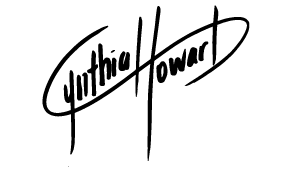Is Gamvar safe to varnish touch dry paintings?
Since I began oil painting Gamvar has been my varnish of choice - I have only varnished one other painting with another product (My painting ‘Still Life, 2020’ is varnished with damar). Gamvar was developed by manufacturer Gamblin in collaboration with the National Gallery of Art. Compared to centuries old oil painting mediums and varnishes it is a relatively new product. Gamvar gives a lovely unified finish to a piece, and was advertised to be safe to use when the painting was touch dry - which, depending on the thickness of the painting, could be in as little as a few weeks. Gamvar can also be removed with Gamsol which is an odorless mineral spirit. As a result, Gamvar has become a favoured product for oil painters who would usually wait at least 6 months for a work to cure before it was considered safe to varnish.
However, the wording on Gamblin’s website (and presumably on the Instructions on the packaging of Gamvar bottles?) has since changed and it’s no longer advertised as being safe to use when touch dry. I noticed this as I checked the website before varnishing an oil painting portrait due for an art competition submission days ago. The product description on Gamblin’s website now reads: “All Gamvar can be applied when the thickest areas of your painting are thoroughly dry and firm'“. Thoroughly dry is not touch dry.
I suspect the reason for the change in wording is for the company to be safer rather than sorry, and after the manufacturer listened to art conservation concerns. The product is relatively new afterall and consequently there isn’t enough data to know definitively how the product will affect paintings in decades or centuries to come. A chief concern shared by some in the painting community was that if a painting wasn’t given adequate time to cure, varnish prematurely applied might bond to the paint and in decades to come when the varnish was due to be removed to receive a fresh protective varnish coat, the bonded paint would come off with the varnish. Thus, some people in the artistic community cautioned against varnishing when the work was touch dry was risky if the painter wanted their work to last. Virgil Elliott author of' ‘Traditional Oil painting’ has a facebook group with over 20,000 members dedicated to best oil painting practices - it’s where I first came across reservations about Gamvar’s use on touch dry paintings.
Personally, I hope in decades to come when the paintings currently varnished with Gamvar are due for a fresh coat, that the data will come in that Gamvar is safe to use on products when touch dry and that there are no ill effects when the varnish is removed to be reapplied (Side note: Varnish is a protective coating that does need to be removed and reapplied in order to protect the painting well).
I suspect over the next year as I aim to complete my goal of entering as many art competitions as possible I might have to hedge my bets with some works that have tight deadlines and varnish within a few weeks / couple of months. Where possible though, I have over the last few years been heeding art community advice and varnishing after 6 months. It would be a shame if paintings that are such labours of love prematurely deteriorated simply due to impatience.
If you’d like updates of when original work is varnished and ready for purchase please sign up to my newsletter: https://www.cynthiahoward.com/newsletter
